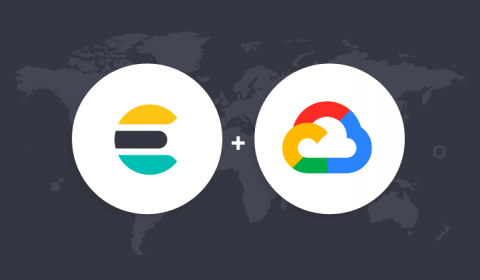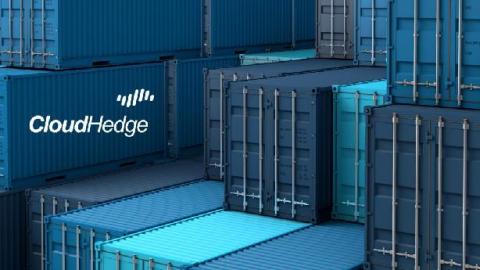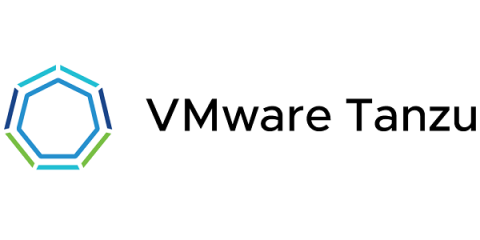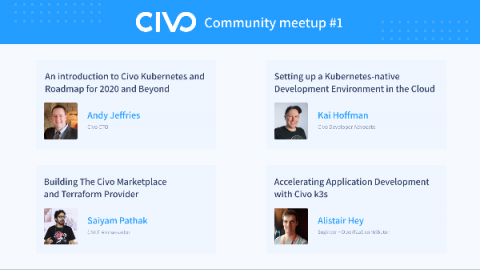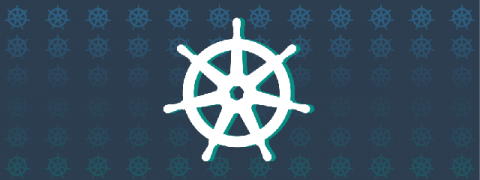Operations | Monitoring | ITSM | DevOps | Cloud
Latest News
Monitoring the Mattermost server with Prometheus and Grafana
Lately we’ve been working on improving different parts of the Mattermost server, including our monitoring and observability capabilities. We’ve been using Prometheus and Grafana to monitor our cluster for a while now, and you can read this great post where my colleague Stylianos explains how we have them working for our multi-cluster environment.
Canonical, Elastic, and Google team up to prevent data corruption in Linux
At Elastic we are constantly innovating and releasing new features. As we release new features we are also working to make sure that they are tested, solid, and reliable — and sometimes we do find bugs or other issues. While testing a new feature we discovered a Linux kernel bug affecting SSD disks on certain Linux kernels. In this blog article we cover the story around the investigation and how it involved a great collaboration with two close partners, Google Cloud and Canonical.
What is Apache Kafka and will it transform your cloud?
Everyone hates waiting in a queue. On the other hand, when you’re moving gigabytes of data around a cloud environment, message queues are your best friend. Enter Apache Kafka. Apache Kafka enables organisations to create message queues for large volumes of data. That’s about it – it does one simple but critical element of cloud-native strategies, really well.
Container Technology - A Quick Introduction
Containers, the biggest innovation in the shipping industry, have standardized dimensions so that they can be loaded and unloaded, stacked, transported efficiently over long distances, and transferred from one mode of transport to another. Taking a cue from this, think of a server as a ship and an application as a crate. A couple of decades ago, only one app could be deployed on one operating system meaning, a single crate on a single ship.
An Elevated View of the Tanzu Kubernetes Grid Service Architecture
Before getting started using the Tanzu Kubernetes Grid (TKG) Service for vSphere, it helps to have an understanding of the Kubernetes architecture and the underlying technology that makes it possible. In this post, by starting at the lowest layer and zooming out, we will paint a picture of how all these technologies are interconnected. This is an introduction, not a deep dive, and as such is meant to be a high-level overview for anyone getting started.
Learn Design Principles and Components of the Kubernetes Machine on KubeAcademy
We’re excited to announce a new KubeAcademy course—The Kubernetes Machine. If you make architectural decisions, manage infrastructure day-to-day or deploy apps to Kubernetes, The Kubernetes Machine course will teach you how Kubernetes works. The advanced course dives into the Kubernetes machine and its design principles and components. You’ll learn what makes Kubernetes so effective as a container orchestration system.
Reduce Engineering Problems with a Resiliency Mindset
Civo Community Meetup #1 w/ Saiyam Pathak and Alistair Hey
The very first Civo Community Meetup is here! Episode #1 featured talks from Civo CTO Andy Jeffries and Developer Advocate Kai Hoffman, alongside #KUBE100 community members Saiyam Pathak and Alistair Hey. This meetup not only focussed on the direction of Civo and what's in store for the future for us, but also shared insights into the Civo marketplace and Terraform provider, plus k3s development using OpenFaaS with Civo k3s.
Kubernetes Everywhere Enables Simplified Heterogeneous Deployment: Edge, Prem, Cloud
Since almost the beginning of programming, the idea of write-once and deploy everywhere, on all platforms, has been an unreachable ideal to minimize development costs for cross-platform applications, drive UI consistency and reduce security service area. In programming, the cross-platform languages Java and Python have topped developer utilization charts for decades.




